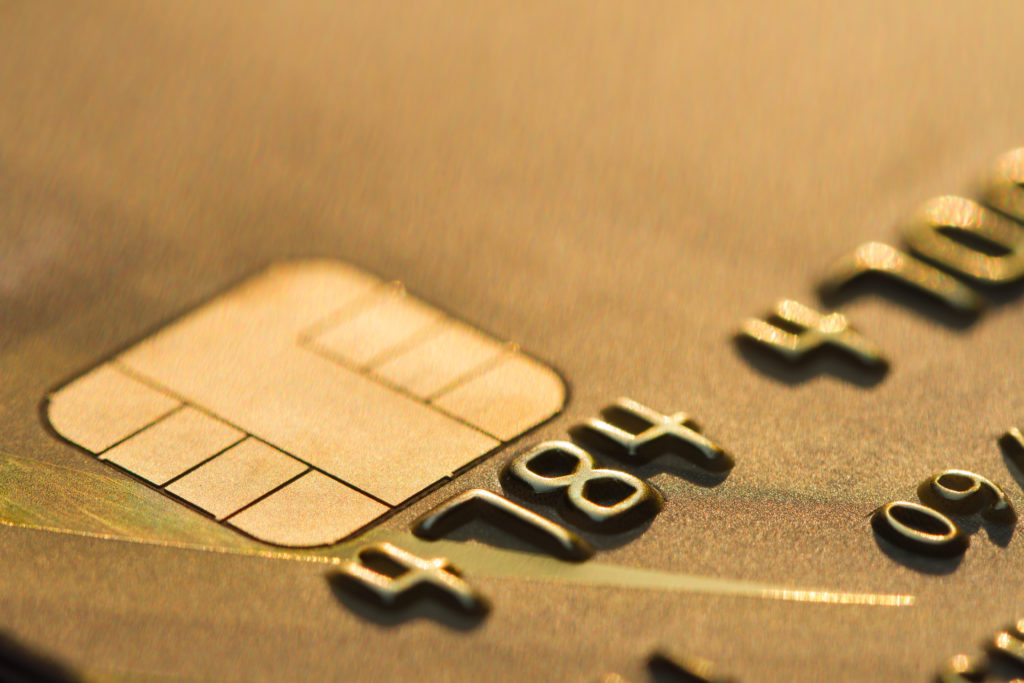Dip, swipe or contactless: what is more secure

“Swipe or insert?” a question you have probably become accustomed to asking while shopping in the United States. The reason behind this is EMV cards. In October of 2015, liability was transferred from the banks to the retailers for security purposes. This encouraged many companies to switch over to the “dip” method as banks were issuing out EMV cards. The dip method is where you insert your card into the card reader instead of swiping. EMV cards have a chip embedded that communicates with the payment terminal. EMV stands for Europay, Mastercard and Visa. The three credit card issuers who started chip technology back in 1993.
Although the liability is now on the retailers, we may never see 100% of businesses switching to the dip method in the United States. Between the cost of updating systems and the time and effort, some businesses won’t be EMV compliant for many years.
Chip vs. Magnetic Strip
As you may have noticed, using the dip method takes longer than the magnetic strip and then is accompanied with a loud beeping noise communicating to you that you may now remove your card. Often people wonder, if and how the dip method is more secure.
The main reason why chip cards are more secure is because of their encryption. When swiping a magnetic stripe card, the terminal reads that magnetic fields which links it straight to your bank account. Chip cards use an encryption, sort of a secret language, with the terminal. The terminal and your chip card have a conversation to verify that it is actually you who is purchasing the items. This is why it takes longer to pay with the dip method.
The encryption on your chip is constantly changing as well which is why it is more secure. With a magnetic stripe card, there is one set of data which can be copied onto a new card with a cheap device. With chip technology, the data is constantly changing making the ability for someone to copy your information almost impossible. Or possible if they have about $1 million to purchase the high-tech equipment needed. So, remember, next time you use your card, that extra five seconds it takes is what stands between you and potentially dealing with hours of credit card fraud.
Chip vs. Contactless/ Tap
As the United States is still working on all businesses upgrading to chip technology, Europe is working on all businesses upgrading to contactless/ tap payments. Contactless payment is just as secure as the dip method, it still uses the secure chip that is encrypted but it offers the speed and simplicity that the dip lacks.
The way the contactless/tap payment works is the card uses RFID or near-field communication technology as the consumer taps their card to the point of sale terminal. Contactless payments do not require a signature or pin which creates a quick and hassle-free transaction.
For some cards, there are security settings in place to guarantee, this option is still more secure than a magnetic stripe. These security settings include no signature or pin required if the transaction is under $30 or that on the seventh time using your card you are required to sign or enter a pin.
As the United States progresses in chip technology, as a consumer it is important to understand that these changes are for the better and for your safety. Remember, the extra minute it takes to use the dip method is worth the multiple hours dealing credit card fraud.
What is your opinion of the chip technology? Share your experiences with us!

